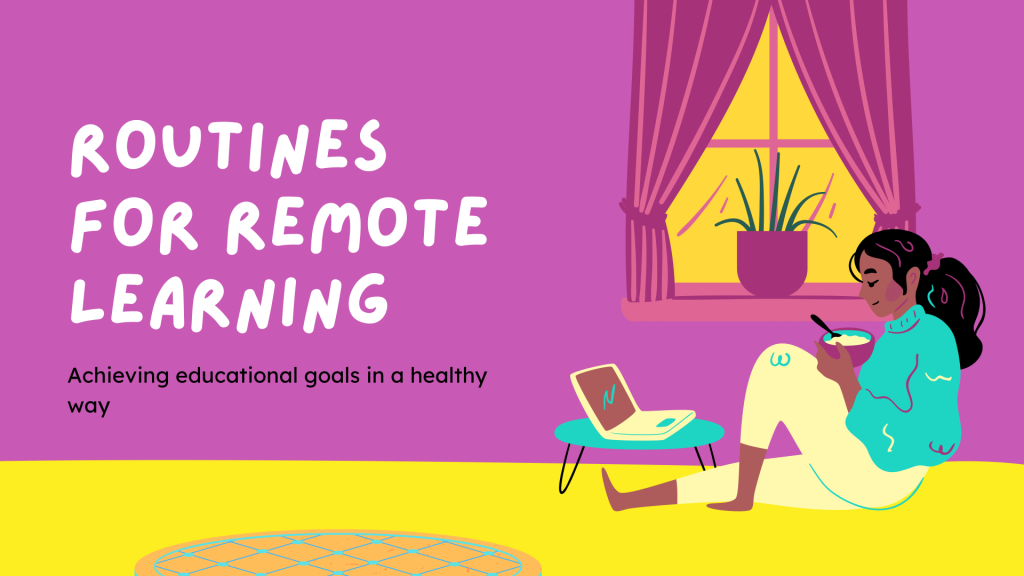





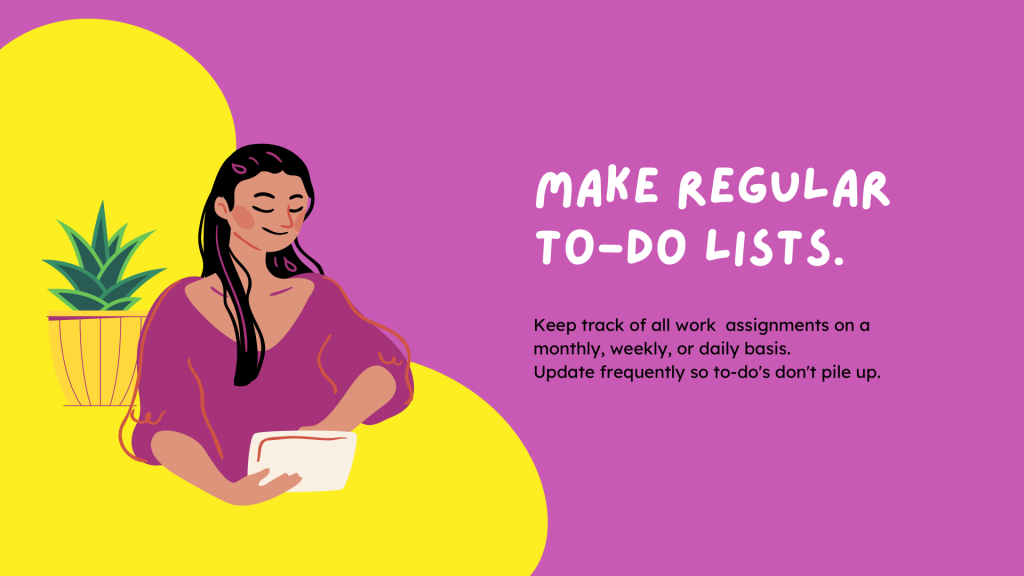




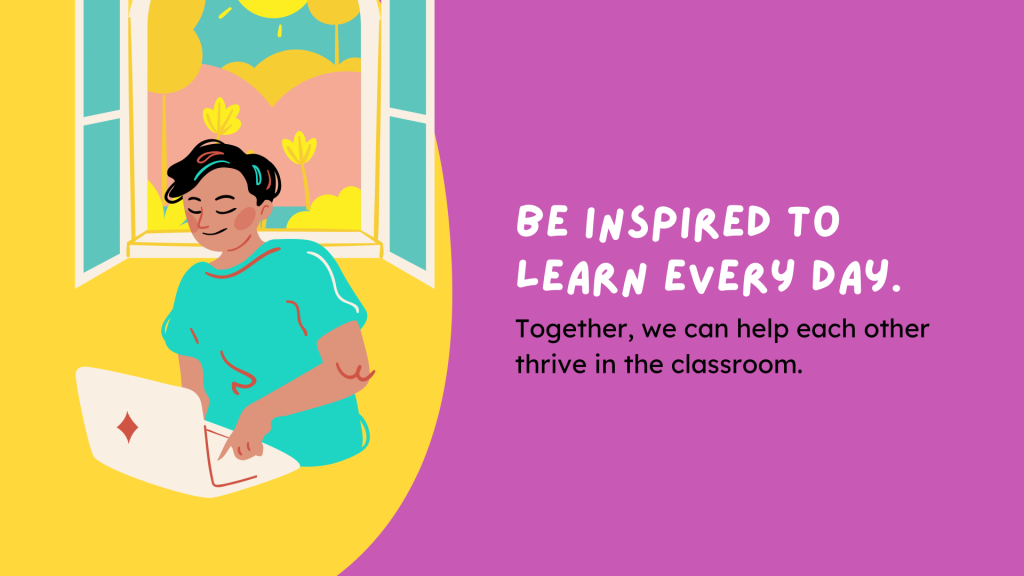













So recently I got a message on Instagram from a mother with young children. She asked me how do I explain disability to my kids? As one of her children’s class mates had a disability.
From our conversation this gave me the idea to write a blog post answering this question too.
My disability is invisible however if I use my wheelchair when I’m out and about I do get those sideways glances and I have had parents go in a different direction with their children so I’m out of their eye-line. The funny thing is you won’t be able to take your child in a different direction if you see a person with a disability when your out in public every time . This is because you’ve probably walked past or even engaged with someone with a disability and you didn’t even know because their disability is hidden/ invisible.
When I’m out and about in public but don’t use my wheelchair I get a totally different reaction. Less staring, parents walk past me with their children with no fuss, more people communicate with me and just treat me like a ‘normal’ person.
I know maybe thinking your avoiding a situation but in actual fact without even knowing you are creating one. As you are making non verbal judgments and statements without even knowing. For example an indirect message could be sending the statement “ don’t go near them” creating a sense of fear of the unknown.
So when I’m out and about or even when I was at school or college. I found a lot of my peers just staring at me in wonder and it was a bit awkward. At school I wore a splint and would get mean comments and looks. Teach your children it’s ok to ask a question but in a polite way. I would rather someone asked me “ why do you wear that on your leg” rather than just staring at me making me feel awkward.A lot of the time when I saw people looking I would just mention oh that’s a splint and it helps me too…
I remember I was at the shops once and I heard a child say “mummy she’s in a wheelchair”. The mum looked at me and smiled and said “yes that’s a wheelchair she needs it to help her do what she wants to do”. The child said “ ok that’s cool. And they carried on shopping. Hearing the child’s response put a smile on my face and made me feel that slowly people from a young age can start to accept people with differences.
Children are really good at not just listening to what you might be saying but also observing your body language when saying something. If you are nervous of a situation chances are the children will start to feel nervous too. But if you try and normalise it through your body language children will be able to pick up signs that everything is ok and normal and not something to be scared off.
There are so many ways now to learn about disability. Here are some examples and places you could use to help learn about disability.
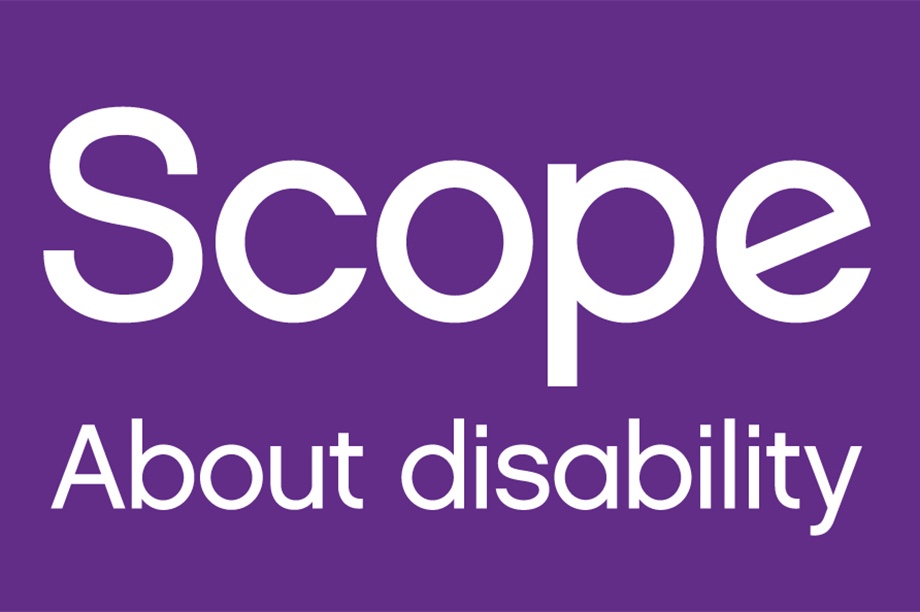

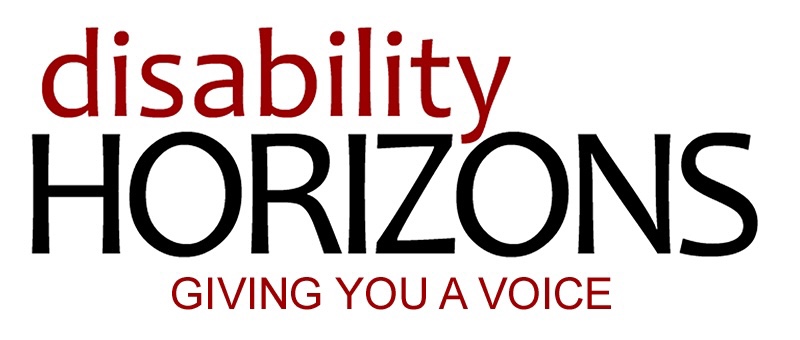


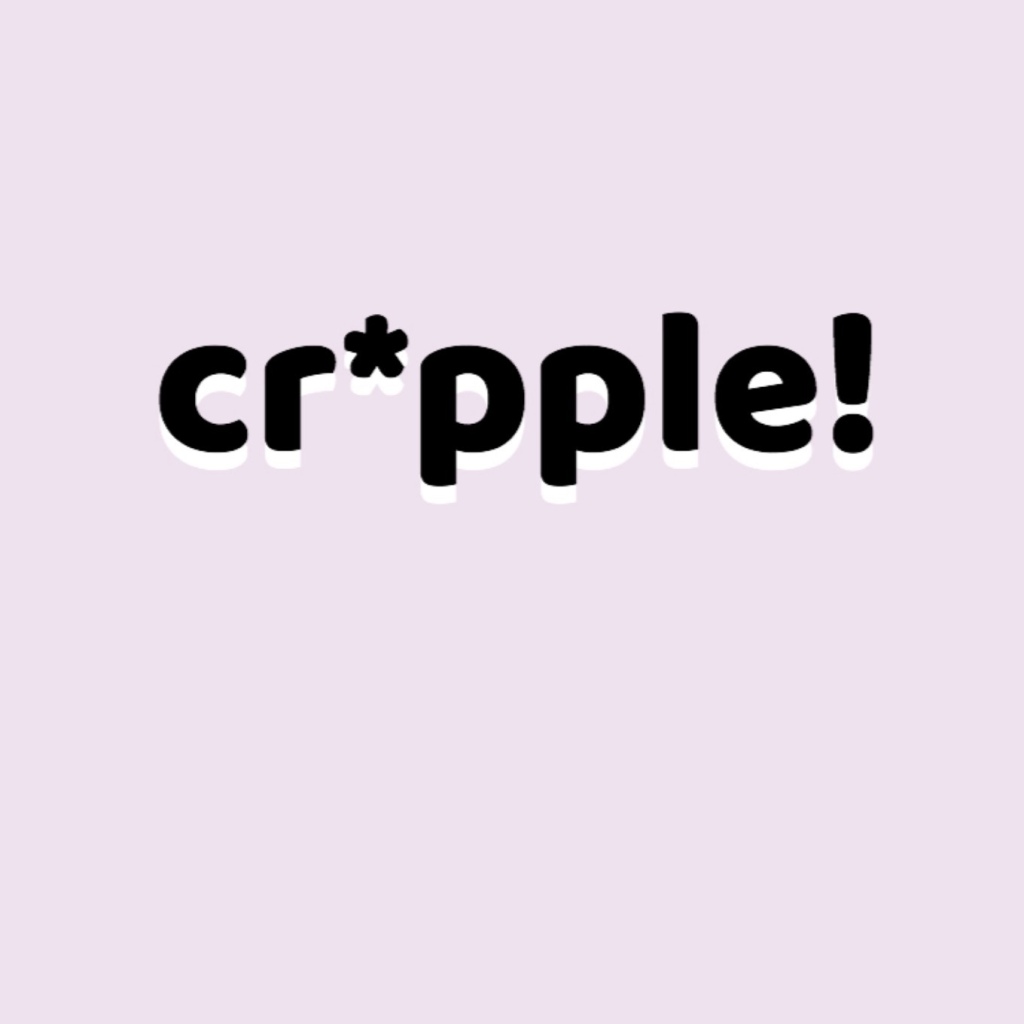
You can also find information about disability through reading blog, watching YouTubers and also finding pages dedicated to explaining disability on Instagram.
Children love to ask questions so if your child is interested and wants to find out more that’s fab! However what I would say is don’t make up a story to tell. If you’re not sure be honest there are so many disabilities out there. It’s impossible to know the details to everyone. As well as this two people might have the same disability written down on paper but it effects them both different ways.
And finally the reason I think people may not know what to say around disability is because it can be associated with “bad”, “challenging “, “difficult” or “worse suffering”.
However I know people who are disabled and their disability makes them feel proud. I can’t speak for everyone as each of us have different experiences. But for me, my disability is a part of me it doesn’t define me. Like if someone said tell me something I wouldn’t say I’m disabled as my first fact. Instead I would say I’m an actor, I love animals and I’m starting a mini zoo at home, I enjoy seeing friends and then later I’d say oh by the way I have a disability. But if someone needs to know I have a disability for a health reasons then I would tell them but day to day life you’d find out a lot of things about me before my disability would come in.
Like I said before for me my disability is part of me but doesn’t define me!

If you’ve ever gone shopping for shoes that can go with your AFO comfortable then like me you probably spent hours looking in store and online for the right ones. That one pair with not only comport but has style.
I don’t wear a splint now but I did for many years in primary and secondary school. I found it so hard to find a fun and stylish shoe that worked. I ended up buying shoes from the boys section. Growing up with splints going shoe shopping was the hardest because I wanted a stylish girly shoe like all the other girls at my school. I even had people come up to me and ask at break and lunch “ Is that a boys shoe” . Boys even came up to me and said “ we’re matching why is a girl wearing guys shoes? ‘. So I was bullied for a while for having to wear a splint. I wouldn’t wear a skirt at school even when the weather was so lovely and warm because I wanted to hide my splint from others. I just didn’t want those stupid, hurtful upsetting comments said to me again and again every day. Some kids didn’t to be friends with me because I wore a splint.
So I thought I would share with you some tips and tricks to help your shoe shopping for your AFO be less hassle and you won’t spend hours/ days looking for that right pair!
An AFO is an ankle and foot orthotic that is prescribed to you by a orthodontist . AFO are commonly warn by people with a disability called cerebral palsy.
A fitted AFO splint is a plastic splints which are made from a cast of your foot and leg. When getting the cast done I remember feeling like I was becoming a mummy for Halloween. Splints are made to keep feet and ankles in a good position for when you walking and standing. Depending on your situation you may have one splint on one leg or splints on both your legs. As well as this your splint may have a joint or hinge at the ankle or it may be fixed this is depending on your movement.
Their are many different types of splints and even hand splints. Here are a few different types available:
When going shopping and trying to find shoes that would still fit my splint but also be comfortable I would have to up about 3 shoe sizes. If I managed to squeeze my splint into shoes that weren’t a great fit this would case rubbing and became very sore and painful. Another thing with wearing by having a larger shoe to fit the width of my AFO I needed to aware I could trip even more easily when walking because of the added length. I personally had to wear a splint just on my right leg so would use an insole in the other shoe so I wouldn’t have to find shoes with different sizes for each of my foot. By having insoles in the other shoe I was able to balance better when walking.
So when I wore an AFO I brought shoes from ASDA or Clarke’s. But recently I was talking to some friends of mine who wear splints currently and they recommend the following brands:
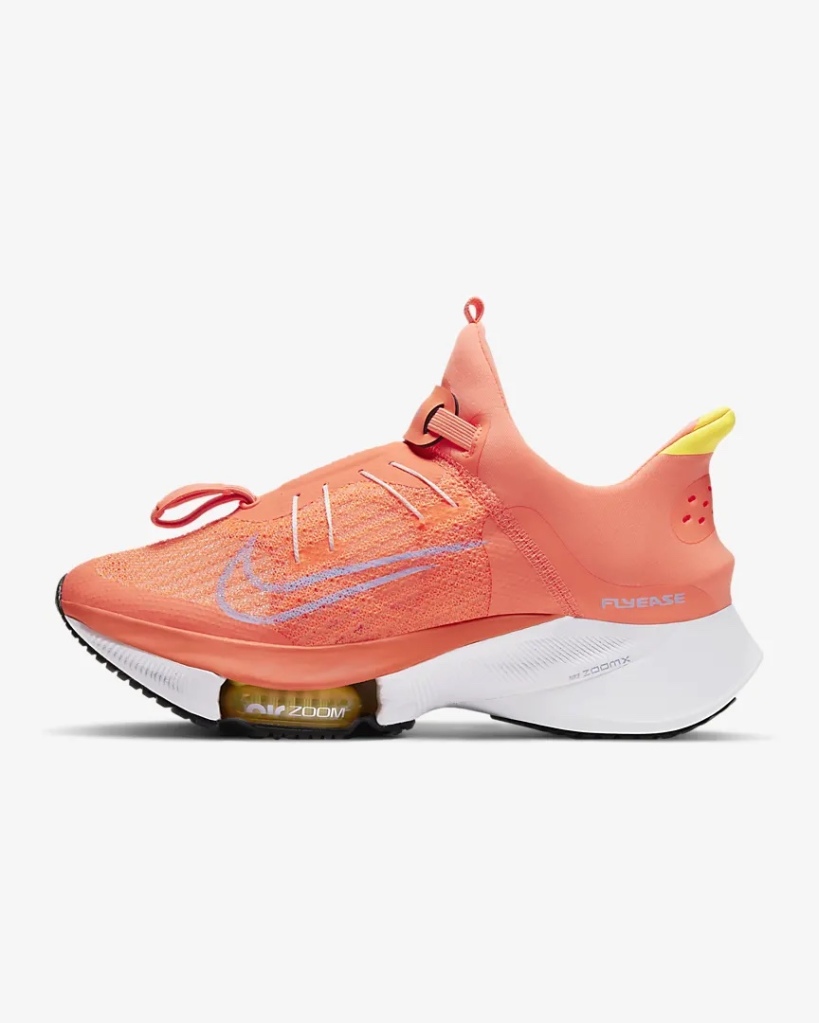
Nike flyEase- This shoe design unzip at the back to fit splints in and can require less hand function when putting them on so saving you time.

M&S adaptive shoe range- Their collection is for school shoes and trainers. To make putting on shoes easier their shoes are designed with a zip and laces. This is done to make it easier for those who have reduced motor function or need more adjustable shoes.

Billy Footwear- These shoes unzip to completely open the shoe helping you to fit your splint into the shoe.
Finding shoes to fit with your AFO that is comfy and stylish can be hard but I hope my advice helped! Growing up I always wanted to create my own shoes that were both comfy, stylish and inclusive so you never know what the future will bring, I would also love to model for fashion brands such as Nike.
I hope to do more blog content that is all fashion for example inclusive fashion posts and petite fashion. As I know a lot of you would agree we maybe disabled but we still love fashion and want to look stylish regardless of our disability!
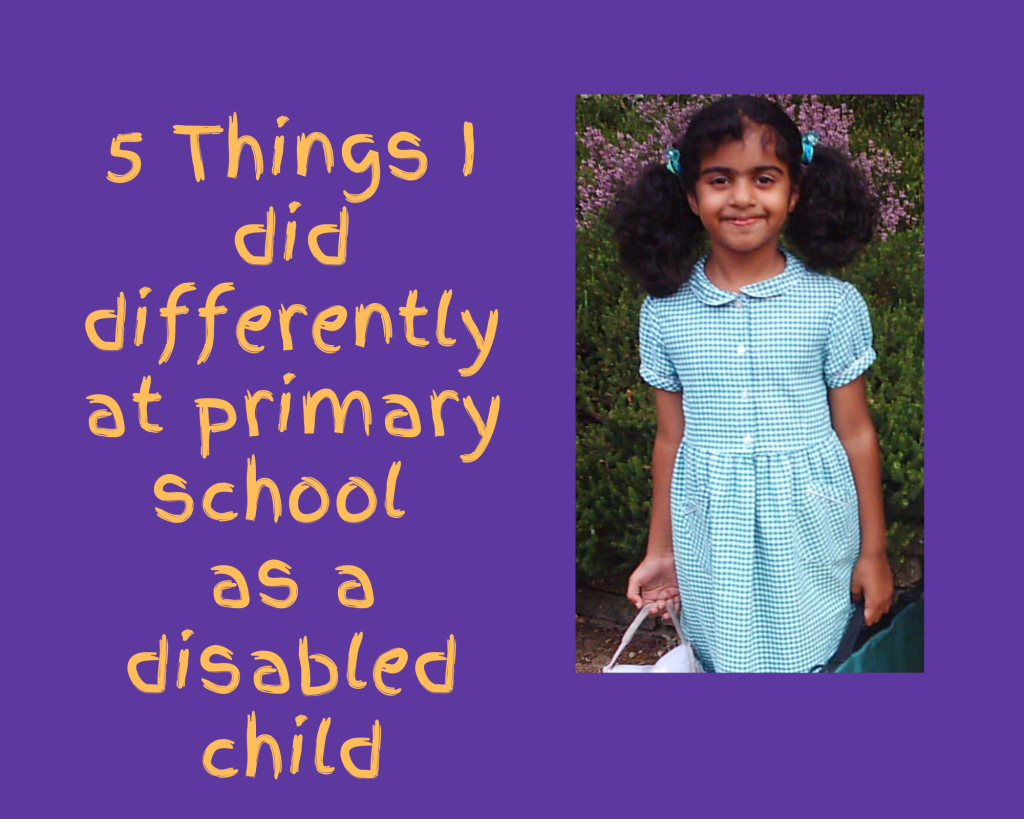
When I look back on my time at Primary school even though I got bullied they were happy times. Primary school was also the time in which my family and I found out that I was disabled and had cerebral palsy right hemiplegia and learning difficulties so this time was also very confusing too. I have done all my education in the mainstream learning environment
An SEN review is a “special educational needs” meetings discussing a child’s progress throughout school. I remember at primary school finding it confusing as I didn’t get why their was a meeting with my teachers and parents all about me. I also found it awkward I still do. I just find it strange how a meeting is just all about you. At primary school I was definitely less bothered about having a disability. When I went into secondary school I started to understand more what having a disability meant and how I could find things challenging compared to my peers. I was also getting more heavily bullied at secondary school due to being disabled amongst other things so I was more aware about what made me different to everyone else. At primary school I was more confident in telling class mates where I had gone for a meeting or physio however when I was at secondary school I tried to keep as much as I could to myself as my peers made fun of me.
For me personally I don’t like the term “special needs” because to me everyone is special in their own ways. When really what has happened is something is being adapted something in order for someone to do the same thing as everyone else. In reviews we discuss all different topics for example we’d discuss my adaptations and support I needed in class to help me keep up and be like everyone else.
In primary school I was given equipment to help me in class. I remember finding underlining my writing really hard or just using a ruler in general. I could never keep it still. So to help me with using a ruler the occupational therapist got me to use a crocodile ruler instead. This ruler helped as I had a handle to hold helping me to grip the ruler into place without it doing a dance around the page making my work have wonky lines all over it.
My hands would get tired and I found it hard to use pens and pencils. So the occupational therapist and I did work together with how to hold a pencil to help me write. I was then given pencil grips this helped me to have more control of my writing when trying to form the letters.
I also had a slopping board to help me with writing as it helped me to keep good posture and when I used to write I couldn’t write in a straight line all my sentences would slop of the page.
In primary school I was also given a foot block. A foot block is quite simply a block that you put under your feet when sitting. I had one of these to help me have the correct posture at the table and my feet didn’t actually touch the ground so without the block my feet would be lifted in mid air.
In primary and secondary school I would sit at the front or near the front in every single one of my lessons. This was for a number of different reasons:
At Primary School when I was in year 2 I started Conductive education. I would do afternoon sessions and after school sessions too. We would work on stretches, balance and writing to name a few. We also had lunch club where we would learn how to use a knife and fork to help with my posture I put my elbows on the table to help me sit up. We even went swimming and did some baking.
At Primary and Secondary school I did both occupational Therapy also known as OT and Physio Therapy. I would work on improving my writing and creating the shape of each letter and not going off the page. I did stretches and core exercises as well as learning how to read the time and do dressing tasks.
At Primary School I did do PE lessons however I was put into a different group. Everyone in the group had a disability. Before doing an physical activities we would go through our starches with an LSA, we would then maybe play a bit of tennis which I was really bad at, I still am.
Then for some reason I remember during PE lessons we stopped doing PE and started to clean at the classrooms fish tank each week.
They are just a few things I can remember now. I’ll probably think of lots more later so don’t be surprised if you see a part 2!

There are many misconceptions and assumptions about disability in society. Some people believe that disabled people are unable to be parents and be in relationships let alone have a partner who is able bodied.
In this blog post I wanted to write about the misconceptions and assumptions disabled women can face. Disabled women may do things differently but this should not prevent us from embracing all aspects of womanhood if we want to.
Below are 5 misconceptions about disabled women that stand out to me, from my own experience and what I’ve heard and seen.
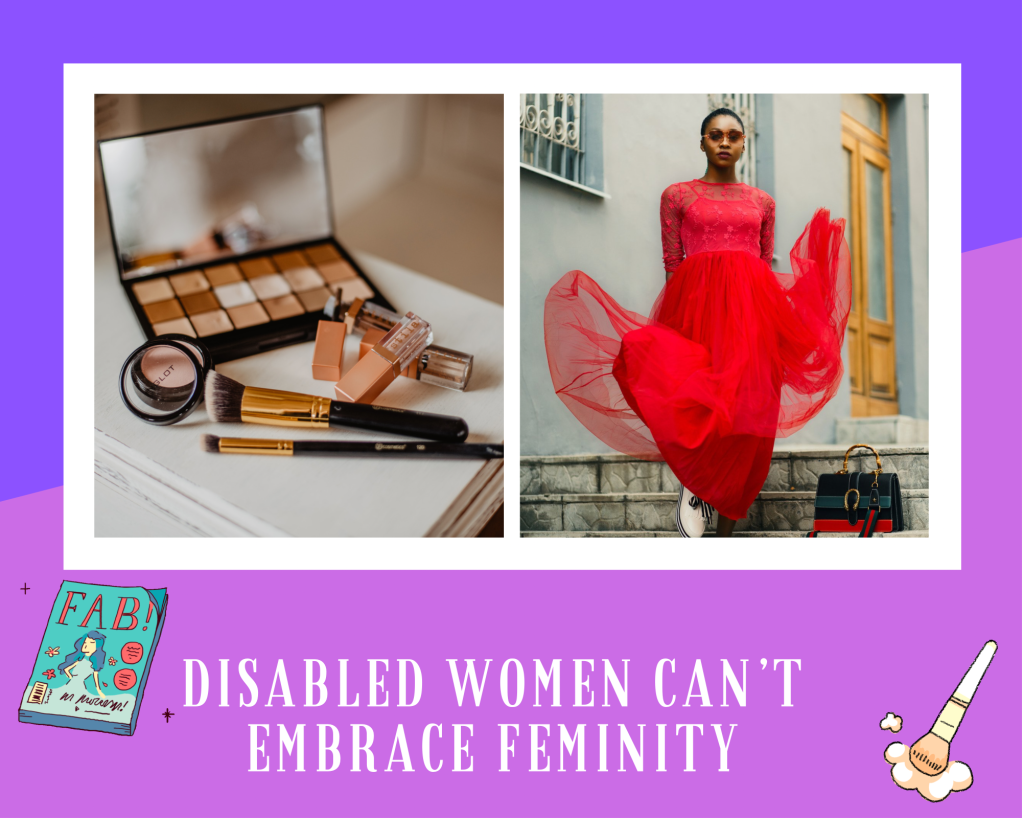
I often get surprising comments and looks when people see that I’m wearing makeup. I have gotten comments in the past which are along the lines of “ I didn’t know disabled women wear makeup”. Just because I’m disabled that doesn’t make me not want to dress up and experiment with looks. A lot of disabled women also love fashion. However for many women the clothing out in mainstream fashion houses are not accessible for us and we may need to shop else wear or make our own clothes. But this doesn’t mean we’re not into fashion in fact a lot of us love it but want the industry to be more diverse which I believe is starting to happen slowly. A big dream of mine is to model for high street clothing brands. Our differences need to be celebrated not hidden . Life would be boring if we were all the same! Disabled women should be able to feel sexy and on trend just like everyone else.

It is sometimes assumed that disabled women can’t have relationships. Dating is the chance to get to know another person, see what you have in common, maybe find love. Being disabled doesn’t stop a person from experiencing this. Sometimes disabled women who have partners others often assumed that their partner is also disabled or the women’s carer.

Disabled people are often seen as needing to dependent on others. Therefore not able to care or be in a motherly role. Their is no rule book on how a family should look. Families come in all different shapes and sizes which is filled with love.

Disabled women still need to be part of the conversation around the topic of women’s rights just as much as able bodied women. We still face the same challenges, stigmas and inequalities that mainstream women face. This is often harder to see as the disability is seen first. All women need to come together regardless of the label’s society gives us.

Their are certain disabilities that are perceived as ones women can’t have. This means these disabilities get undiagnosed, leaving some women unsupported. An example of a disability like this is Autism . Autism is more diagnosed in men than in women. Many women find it hard to get their autism recognised. The National Autistic Society says a possible reason for this is because women “ are often better at masking or camouflaging their difficulties”. However it did say that diagnosing the disability is getting better!
Down Syndrome is another disability which is more common in men than women, Source- disability scoop.

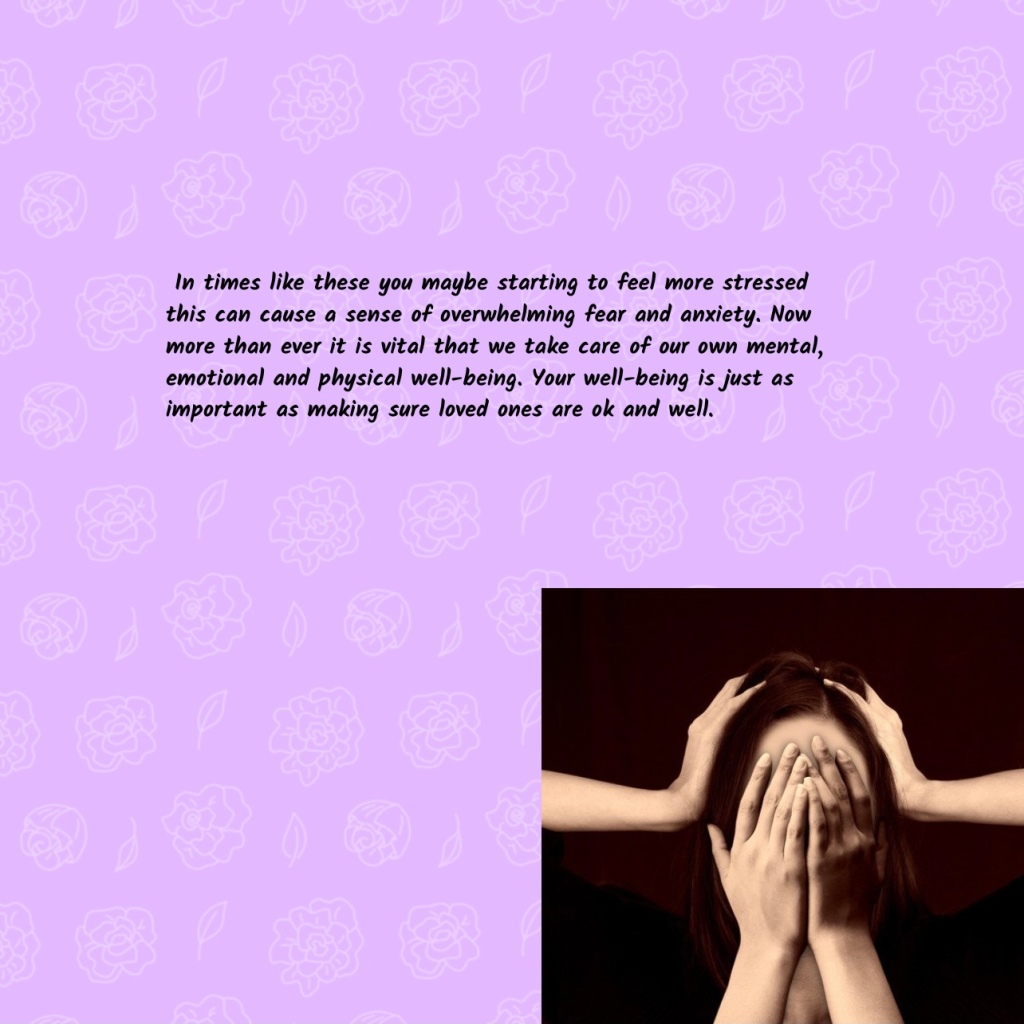



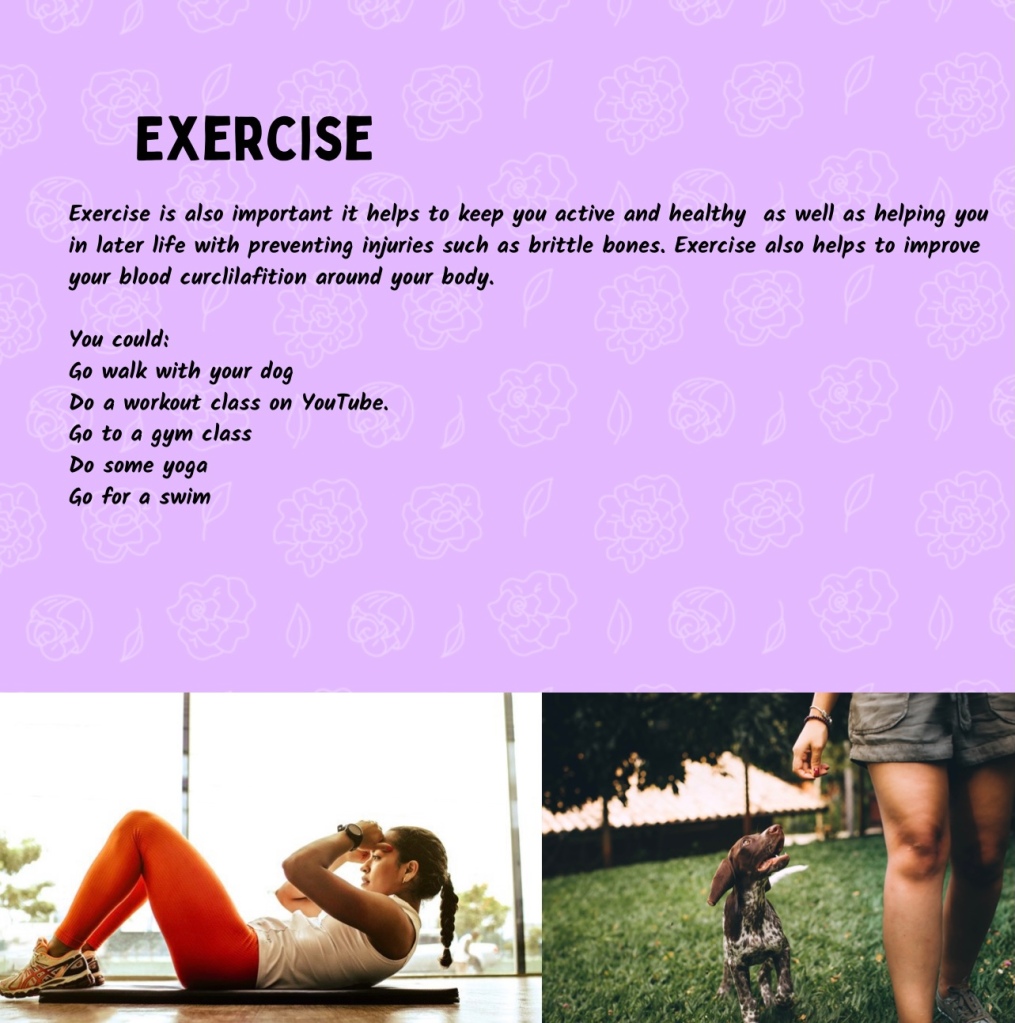
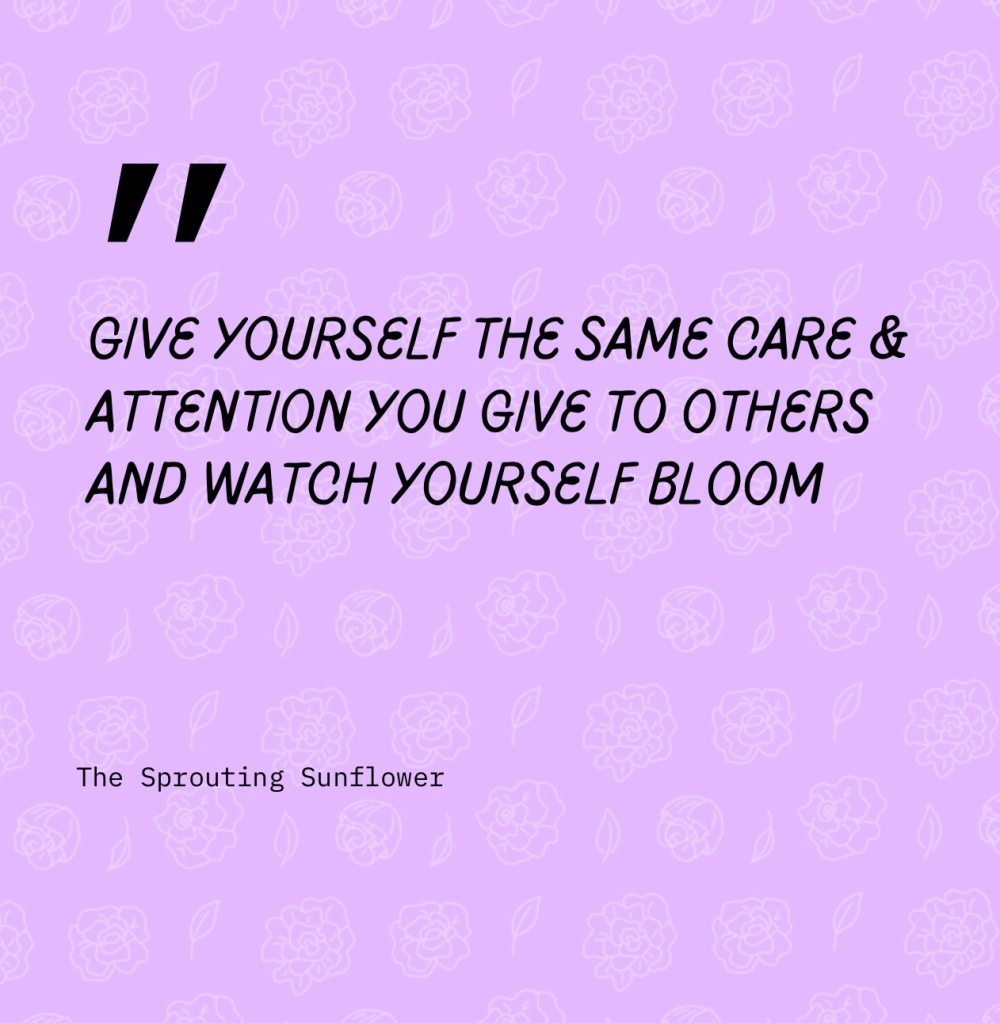

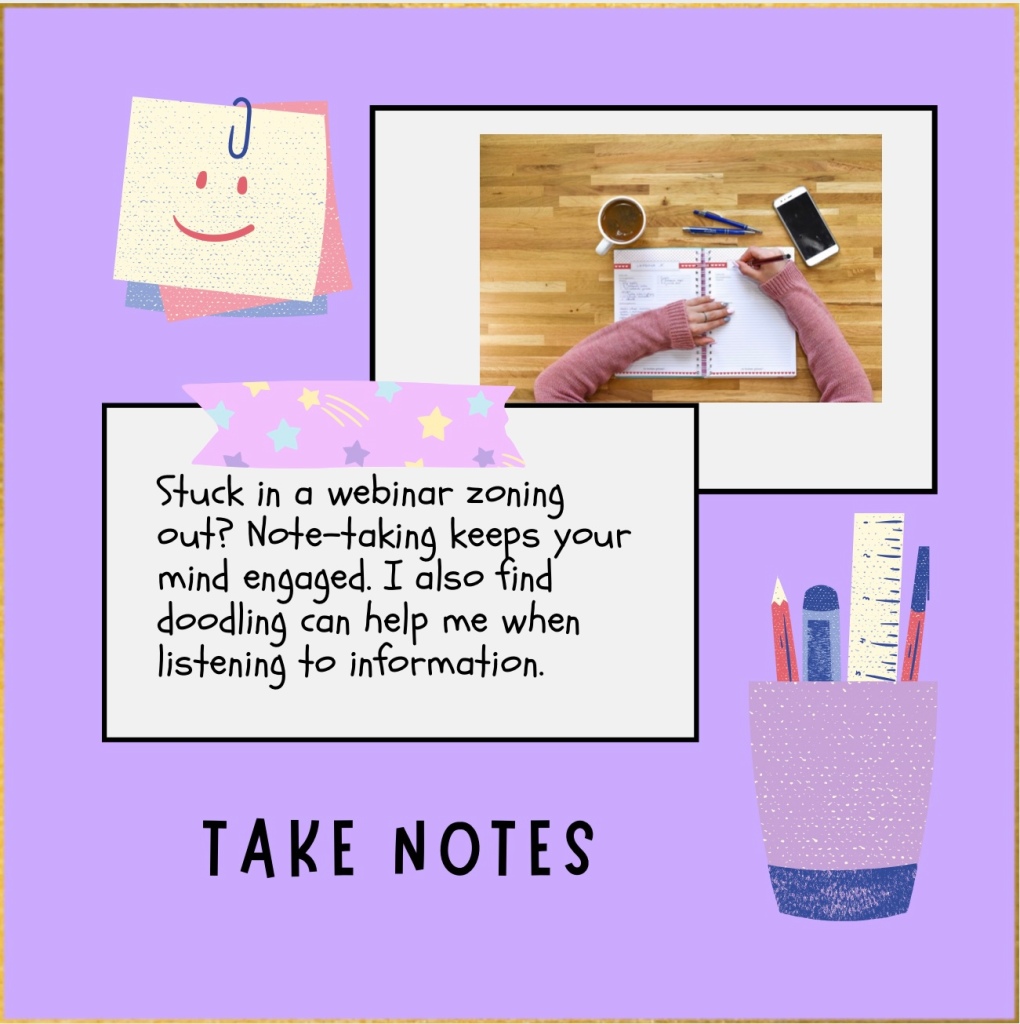
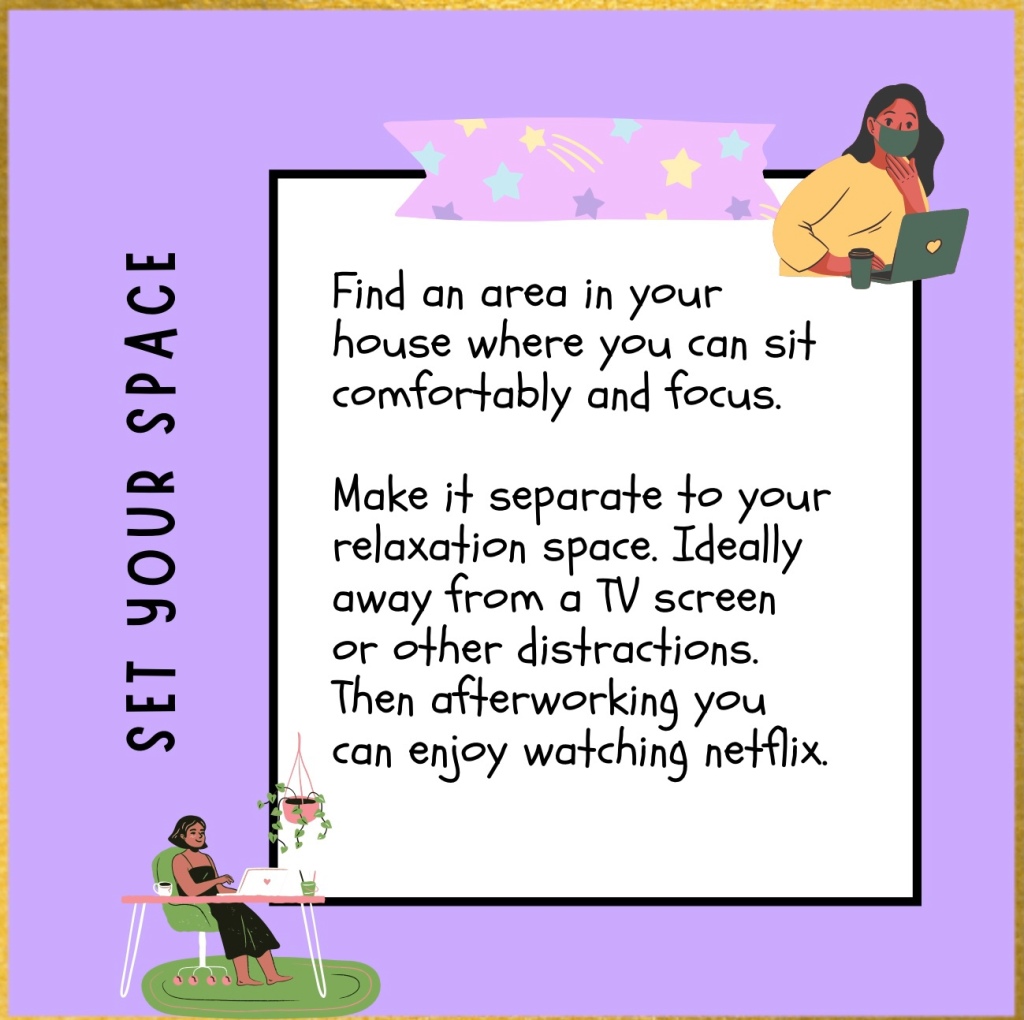


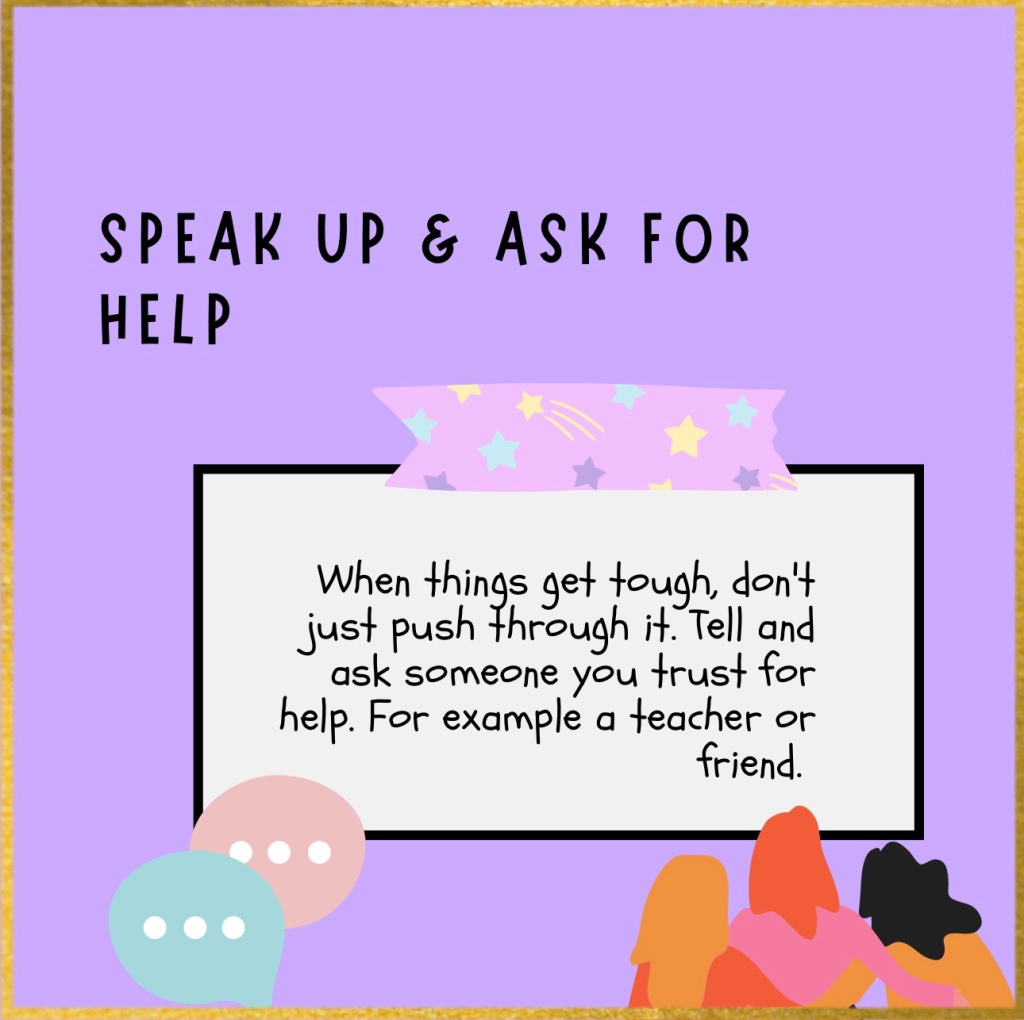
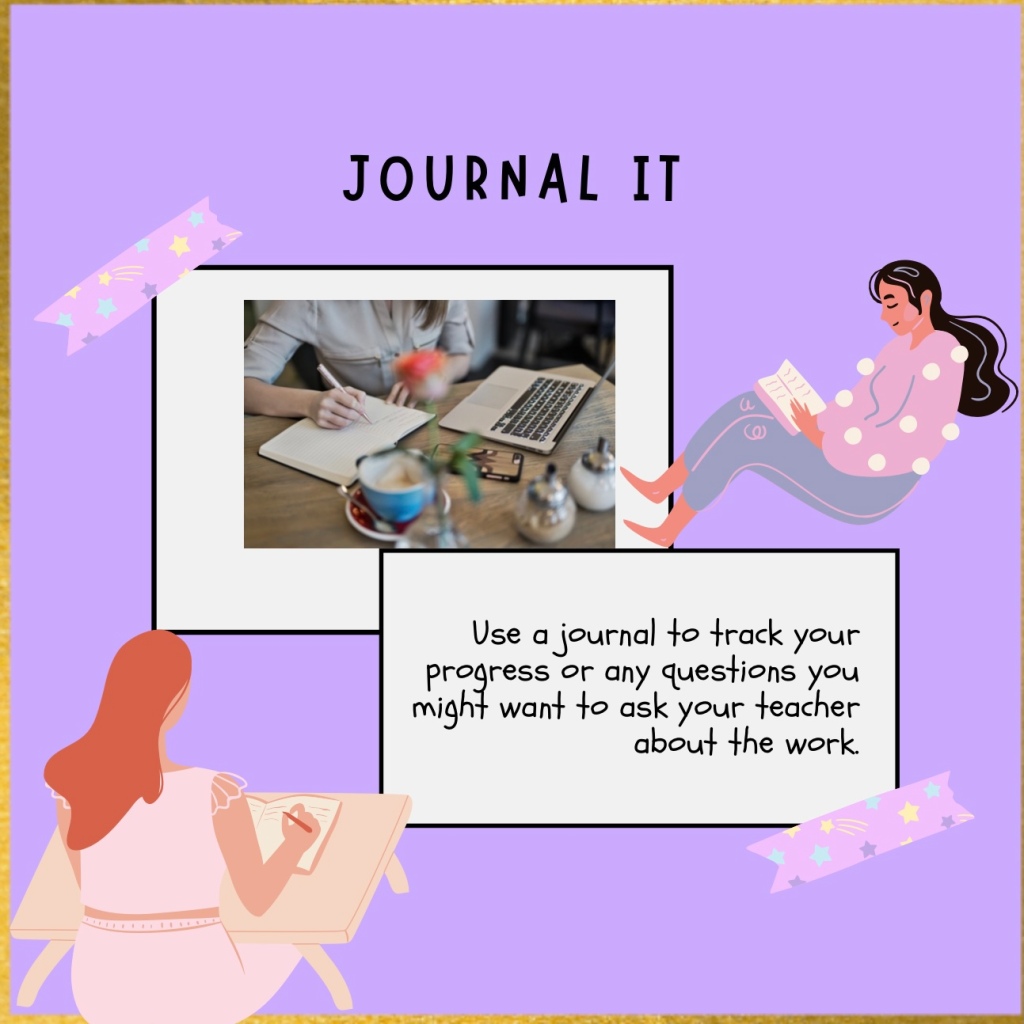

Please note that every person may feel differently about this and their is no right or wrong way. These are just things that helped me personally. I am not a medical professional and cannot give medical advice!
Getting a new diagnosis can come with many mixed feelings and questions. It can make you feel relieved or nervous about your future. Also when your finally told you might not feel like you imagined you would feel like when getting the news. And this is totally normal and ok!
Don’t feel you need to rush back to “normal life”give yourself time to process this important news. You might need time to let you make adjustments like getting home aid equipment to help you round your home when doing tasks such as cooking.
I decided I wanted to write this so that I could share with you some tips and to tell you about the things that helped me when I was newly diagnosed.
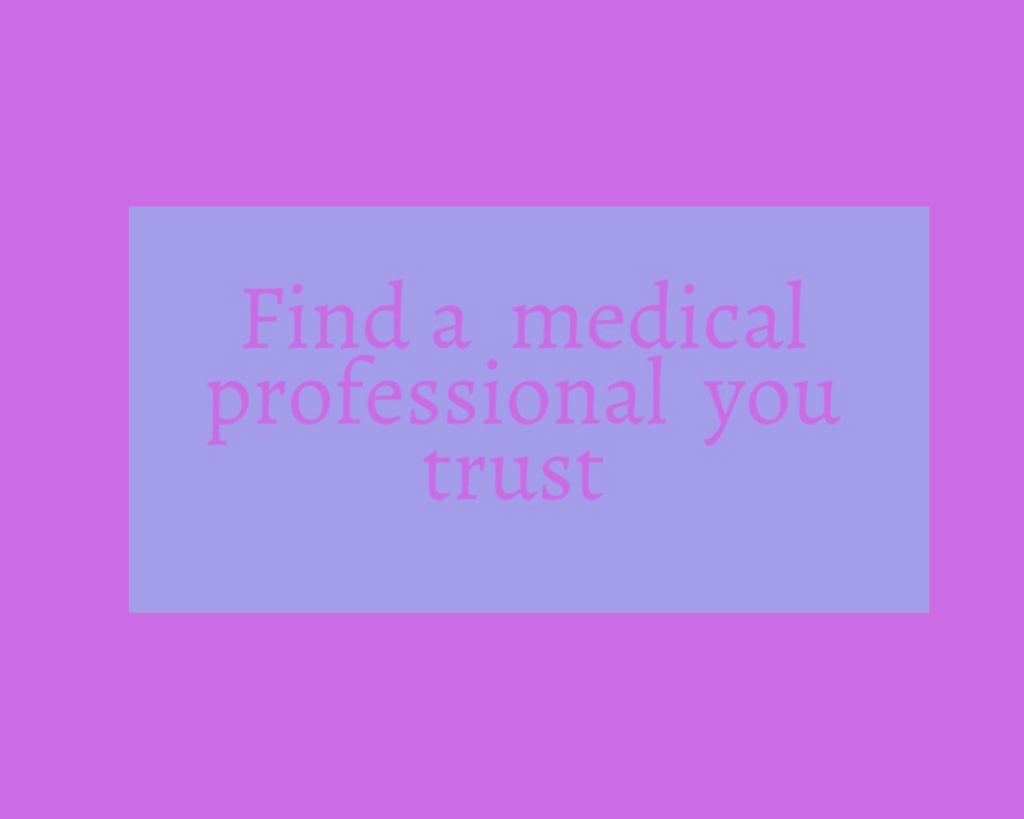
This first step is very important to find a professional you trust and feel supported by. If you have already found a medical professional you feel you can trust this is great! Maybe the person who first diagnosed you is the right person. Or maybe you see a variety of several health care providers over the last few months or so and your trying to find out the next steps.
Sometimes when we are on the journey of being diagnosed with a condition we may see many different doctors and health care professionals. Getting referred to different doctors and having tests done. This can become very overwhelming, confusing and tiring tiring. Sometimes we can get diffrent opinions from all the medical professionals you see it can be really hard and frustrating to know who’s advice to follow and leave you feeling unsure and anxious.
My advice is :

When newly diagnosed with a conditions things may start to feel very overwhelming unlike before. You may start to feel that you are alone and no one understands you. Especially if your condition is rare. You may start to see a change in behaviour with becoming more isolated with the outside world. But know you are not alone.
Finding people who understand what your going through can be a huge help.
Not only can others offer you emotional support and help you feel less isolated they may be able to give you practical advice like coping skills. Of course when it comes to medical advice ,your doctor should be offering you advice.
Getting emotional support can be massively valuable. Dealing with a diagnosis and condition can be really diffcult and sometimes by talking to others who have the same or similar condition to you can feel like a weights been lifted as you are talking to others who know what’s it like to live with the condition first hand.

There are so many Facebook Groups out there, some are for specific ones for diffrent medical conditions. You may find some that are local to you but don’t worry if you can’t their are others that are open to everyone and you can live anywhere. If they are well-moderated as a member of the group you will hopefully find the group a safe place where you can interact, ask questions and support each other.
However please beware that sometimes these groups can be a little too much and overwhelming. You can put the group settings on “mute” so that you don’t constantly see it but you’re still stay part of the group. Remember you can also leave a group completely. Looking after your health and well-being comes first even when your on screen.
Instagram is also a really good platform to use when finding support. Their are so many pages/ group communities for chronic illnesses, disabilities both in general and condition specific. I follow some on my Instagram so be sure to check my Instagram @defeatingdisability to help you get started with funding pages and communities which offer support.

I’n the beginning everything will feel a bit confusing and overwhelming especially when you are working with your medical professional to find the best medication or treatments. When going to medical appointments it is very likely your doctor will want to know how you are reacting to treatments. This may look like an easy question to answer but it isn’t really. You may have a condition that is not easy to keep on track with remembering changing information as it fluctuatios.
This is where a journal may help it helps you to not only remember important information but also allows you to store this information in one place which helps you to access all the information you need quickly. You don’t have to do it perfectly know one is going to judge its simply a space which helps you to store relevant and important information with no judgment.
Keeping track of medication, symptoms and activities may help not only helpyou but your health care professional look for any patterns that maybe recordingand being able to manage and have a plan in place if other symptoms indicateother health issues you may have. By doing journaling can help youfigure out certain patterns that you may otherwise not be able to see. For example “ if I don’t have a glass of water or tea beforedoing my day jobs I find it harder to stay calm.Or when I feel scared and anxious a get a “blood metal”taste in my mouth.
My doctors gave my mum the task of writing down my sezuires. My mum wrote down the following: the date, the time, what I was doing before the sezuire, big, medium,small, any warning before and any other comments .Medical Professionals wanted us to do this to see if they could see a pattern and maybe be able to see what was causing my seizures. At college they now keep a record of my seizures which they get from my 1:1 support worker as she writes my seizures down.
On reflection journaling this information also helped me to understand my new condition more which is now really helpful because with support now I can still try and do every day things like my peers but my support worker and parents also make sure I’m safe. Alternatively if you find writing in a journal is not your thing their are apps you can use tostore this information which is brilliant when your on the go as you just get your phone out and store the relevant information quickly.
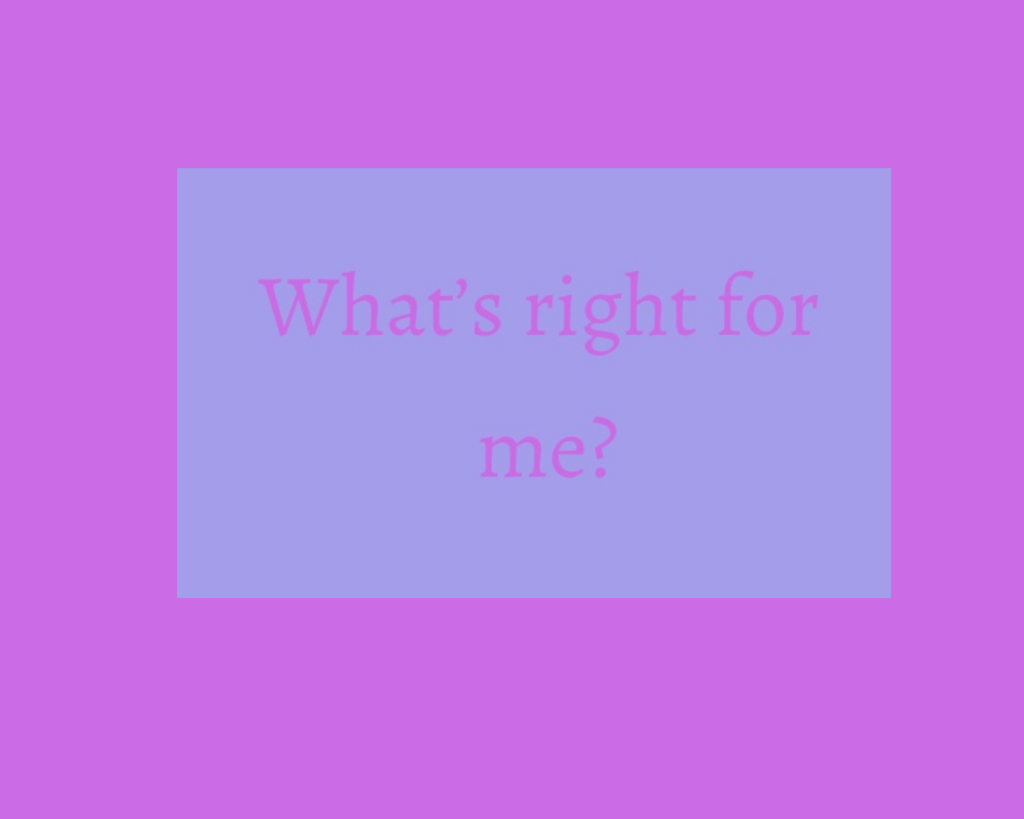
Now it’s time to think about what would help you?. Everybody is diffrent. While some things are helpful to one person this doesn’t mean it helpful to everyone. When it comes to health everyone’s journey is different and that is ok. Each one of us is individual and so is our health. You could use your journal to keep a record of things you felt were helpful. From this you could create an “action plan” with your professional and support team around you.

You have just been recently diagnosed so it is really important you focus on your well-being and mental health. You may now start to feel under a lot of pressure from the outside world to get better quickly. Know that it is ok to ask for help. If you struggle with this question ask yourself what would I say if someone I cared about asked me for help.
Through my own experiences I have found out who the realfriends in my life are. I found that my relationships with true friends grew to be stronger as well as showing me that not all relationships I had were as solid as I thought. Though this hurt at times I now have astrong supportive bubble that is growing as our relationships are growing stronger and stronger every day.
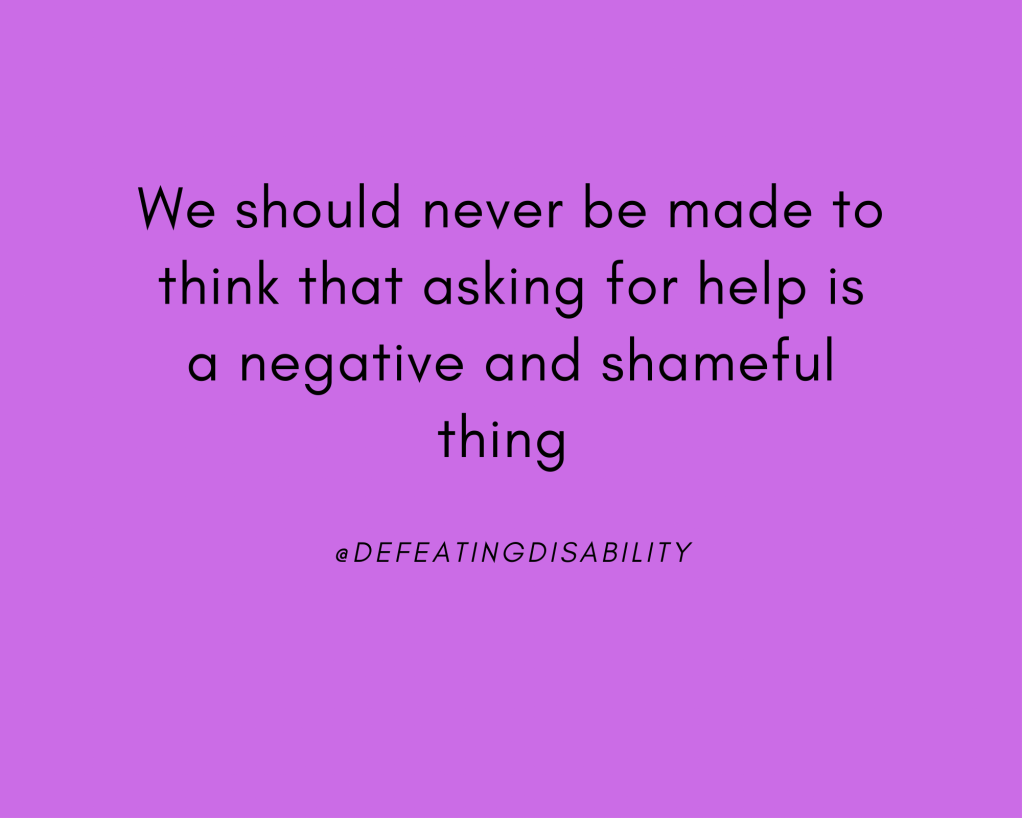
I’m not going to lie to you being newly diagnosed with a condition can be challenging. You may feel that your feeling up and down thousands of times in a day. With thoughts and emotions rushing constantly the fears you have. But know this it’s ok to take time out. You are loved, You are valuable, Your journey will make you stronger and help others feel less alone.


Recently I was having a chat with someone and they were surprised by how I spoke and portrayed myself as they were expecting me to be and act different because I have a disability. So I thought I’d share with you 5 things I want non-disabled people to know from myself as a disabled person.
This post is not meant to cause offence, it is simply done to share my thoughts. I know my thoughts, feelings and options do not relate to everyone in the disabled community. It’s important to remember that no one is the same regardless of if they have a disability or not.
I hope this post is informative and raises awareness of some misconceptions that can be surrounded by disability.

As a disabled person their have been times were I felt that the world was just not made for people with disabilities. Therefore I often face barriers in our everyday life that my peers don’t. This can make me feel excluded in certain aspects of society. It’s important to remember that making adjustments for disabled people is vital and can make a huge difference. These adjustments don’t always have to be “big” it can simply be needing extra time to get off a ride at the theme park.
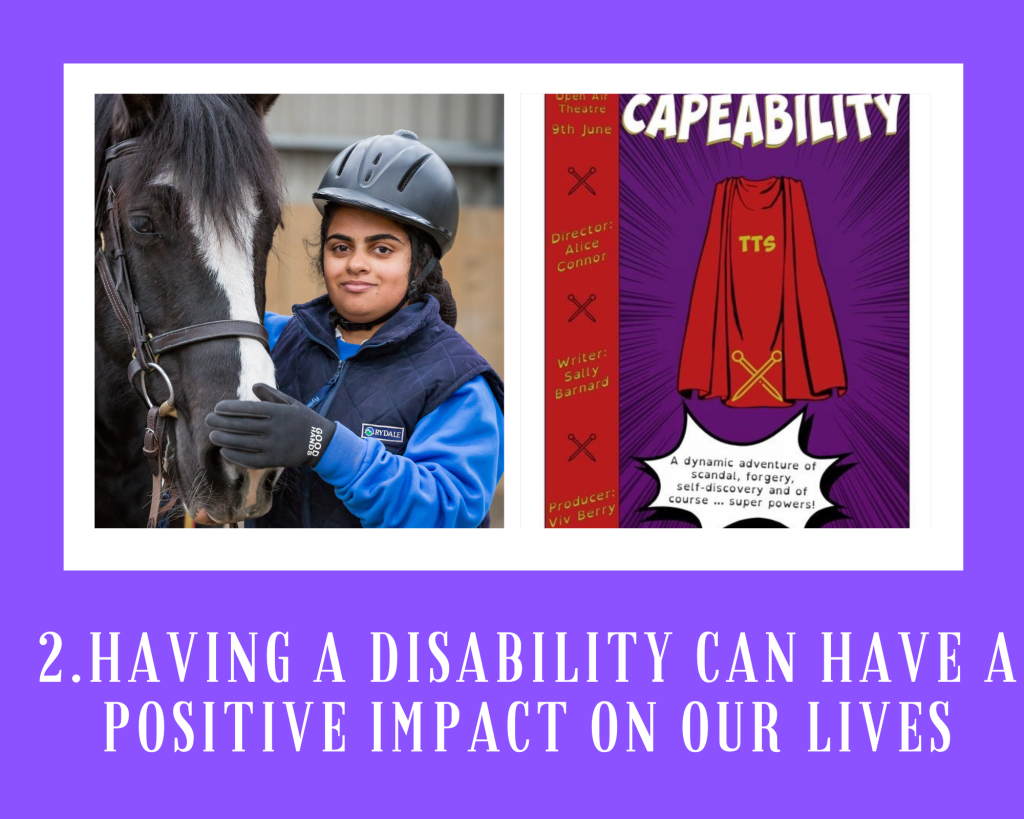
There are many misconceptions surrounding the subject of disability. One of them being that having a disability can have a negative impact on someone’s life. Don’t get me wrong their have been times when I wished I wasn’t disabled and that I wished I was like everyone else. Maybe I wouldn’t have got extremely badly bullied. However having a disability has helped me think outside the box when problem solving. I wouldn’t have met some of the amazing people and animals I have in my life if I wasn’t disabled I can’t imagine a world without the charities Riding for the Disabled and The Theatre Shed. Also my disability has lead me to opportunities that I believe I would have if I wasn’t disabled for example starting this blog.

People sometimes tell me “ you don’t look disabled” and I know they mean it as a compliment but it doesn’t always come across like that. Sometimes it makes me have thoughts like “ what did you expect me to look like?”. My disability looks invisible so I also get people telling me that I’m “your so lucky your disability is invisible”. However having a disability that is invisible can be hard as people think your stupid and slow but that’s a blog post in its self so I’ll write about it in more depth in a future post.

We may not always share it but disabled people and their family and careers are usually fighting some sort of battle weather it’s to do with education, funding, transport or employment to name a few. We may need adaptations to help us but these don’t take away the barriers we face. Adaptations help us to carry out everyday tasks like everyone else. Funding for people to help us like support workers is also vital as this allows us to be more independent but still safe as we don’t always want to do activities with our parents supporting us 24/7. We want to grow and feel like our peers but with the extra support we may need from someone who is not related to us instead.

Just because someone is disabled that doesn’t mean that they don’t want to be happy, achieve things. having goals and ambitions. We may need to do things slightly differently , it might take a bit longer and we may need a bit more support along the way to do what we want to do. But that doesn’t mean we can’t, we will get where we want to be. If you can dream it you can achieve it!


Medical appointments and anxiety have come hand in hand for me since I can remember before appointments I feel really anxious, worried and sick. I’ve had a lot of medical appointments in my life some to do with my disability and others to do with my mental health. Throw in the pandemic and having to wear a mask and then see others with face masks is something I find really scary. I’m not the best with needles either.
Growing up I noticed I would have more hospital appointments than my peers. I’d have to leave school early for appointments. I still do now even as a college student. At school I than began to realise I needed aids like a splint on my leg whereas my peers didn’t have these. I would often have to explain to other kids what it was and why I wear one.
Even know I still explain to peers what my conditions are. When I was first put on medication for my mental health it was in liquid form. However this then changed to tablet form. I found this really scary thoughts would rush around my head.
What if I can’t swallow it?
What if it gets stuck?
Will it make me sick?
Now I find taking tablets ok most of the time but I still get these questions running through my mind. I don’t think I’ll ever get used to incorporating medical appointments into my life as they still cause me stress in different ways but in a way it feels like a routine I just have to go with.
The past year however I have had my medical appointments on the phone and not in person due to the pandemic except for when I had my first vaccine for COVID. After my jab I had to lie down as the felt dizzy. Me and needles aren’t the best of friends.
As someone with anxiety I found doing appointments by phone call were actually better yes I still felt a bit anxious for the phone to ring. But I didn’t have to go through sitting in a waiting room waiting for my name to be called with about a million things going through my mind preparing myself into knowing I had to talk about things I’d rather not think about. I think it helped having appointments on the phone as I was in my safe place and I could do something straightway after my appointment like watch Netflix on the TV.

When I start to feel anxious before the appointment and in the waiting room my mum who takes me can see that I’m nervous. Sometimes I say that “ I can’t do it because my stomach is all in knots and I want it to be over before I even have to go”. This is when my mum will help me to do deep breathing and we do it together, I find doing it with someone else is very helpful as I feel not alone and that I’m not stupid for feeling this way and that’s completely normal and valid to feel how I feel.

One of the things I have to do now every week is a COVID test at college. I find these very worrying and scary to do and this can trigger my seizures. I think part of why I find it worrying is that you can’t read another persons face very well as the mask is preventing you from seeing things like a smile. The pandemic has made me realise how much as humans we gather information from each other just through facial expressions. I didn’t realise that a smile one small movement on your face could mean so much. That simple gesture conveys kindness and reassurance and a touch of empathy to another person. When seeing a needle is coming towards me and and I’m preparing for the sharp scratch it can be odd not to see a smile from the nurse or doctor who’s doing it not give that smile of reassurance that everything will be ok.

Before lockdown after appointments something my mum and I would do is to try and calm down my anxiety levels. By doing something completely different like going around looking at what yummy things we could buy in the supermarkets in the streets. It gave me a chance to clear my head and to breathe. Sometimes just taking a break feels like the right thing to do. As I feel if we just drove back home I may not want to have some chill time and end up doing more coursework or whatever I need to do.
Due to lockdown this way of helping myself calm down is not possible however we do different things for example before a phone call appointment we will organise something I want to do after the call for example taking my dog Mango on a walk or sitting down to watch a TV program. It’s all about doing the self care you can do at home from baking to having your favourite ice cream to making sure if you pamper yourself with a face mask and bubble bath.
If you feel anxious before appointments tell someone you trust, you don’t have to go through it alone!